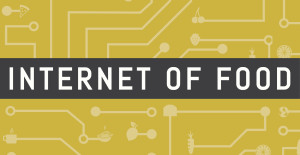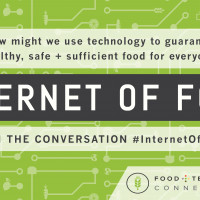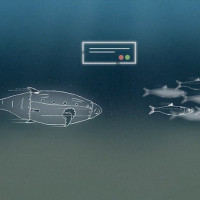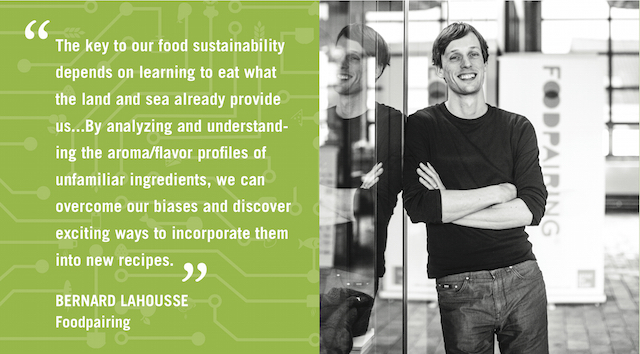
Guest post on using big food data to create recipes for a sustainable future by Bernard Lahousse co-founder of Foodpairing as part of our Internet of Food Series. The views expressed are are solely those of the author and do not reflect the views of Food+Tech Connect.
“If we just eat what the land gives us, there is food enough for everybody.”
—Chef Dan Barber, Blue Hill
The key to our food sustainability depends on learning to eat what the land and sea already provide us. Rather than industrializing our food systems to coax anything and everything out of (sometimes) nothing, or depleting our current food sources to extinction, we need to embrace the whole world of ingredient options already surrounding us. For example, instead of just eating mainstream fish like salmon and tuna, we can cook with under-appreciated bycatch species. We can also add variety to our daily diets by using other lesser known ingredients such as seaweed, insects and wild, foraged foods.
The challenge is that many people don’t know how to cook with these kinds of ingredients. By analyzing and understanding the aroma and flavor profiles of unfamiliar ingredients, however, we can overcome our biases and discover exciting ways to incorporate them into new recipes.
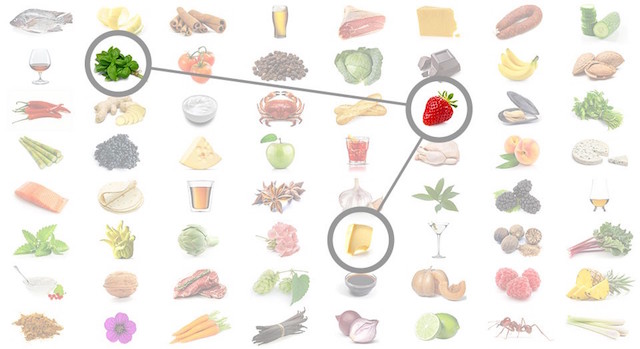
Big Food Data: Analyzing Aroma, Flavor & Texture at the Molecular Level
At Foodpairing, our goal is to characterize every ingredient in the world. By analyzing individual ingredients on a molecular level, we can pinpoint the actual patterns responsible for their aromas, flavors and textures. These aromatic profiles enable us to calculate the synergy between the flavors of different ingredients, while taking into account seasonality, locality and preparation methods.
Over the last ten years, and with the help of our global network of chefs, bartenders and governmental partners, Foodpairing has been able to source ingredients from around the world. We have also found ways to optimize new recipe algorithms by working in collaboration with some of the world’s best restaurants (Mugaritz, El Bulli, The Fat Duck, Eleven Madison Park, Central and many more).
So far we have analyzed more than 1700 ingredients to understand their aroma and flavor profiles to determine their best ingredient pairings. You can find all product information, discover potential matches, recipes, algorithms and much more through our Foodpairing API.
We partnered with the Belgian-based North Sea Chefs’ bycatch initiative to utilize our technology to minimize food waste and promote the use of lesser-known fish and bycatch. Until recently, 50 percent of the bycatch fish caught in Europe’s North Sea alone were left to die before being discarded at sea, in favor of more popular species to meet consumer demand. We’re proud to say that we now have 30 North Sea fish profiled in the Foodpairing database, and that’s just the beginning. Below, you can see our technology at work with an example of our visual analysis of Pout Whiting’s aromatic profile and its aromatic links to ginger and orange.
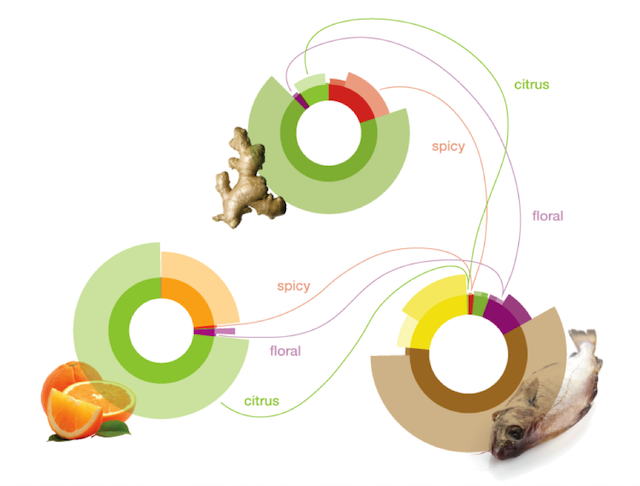
Pout whiting is one of many North Sea bycatch fish species. You can see from our aroma analysis that its flavor is characterized as having mostly roasted popcorn-like notes, along with some buttery and floral notes. You may not be as familiar with pout whiting, but it’s every bit as delicious as other familiar fish species. Using Foodpairing, you can find complementary ingredient matches to pair with Pout Whiting, like turnip rooted chervil, codium, fava bean tops, humulus shoots or kimchi.
Data-Driven Recipes For a Sustainable Future
Conventional cooking often relies on intuition and recipe testing. For the most part, personal experience and cultural conventions dictate our notions of how to pair ingredients, which can be somewhat limiting. At Foodpairing, we take a different using approach, using chemistry and physics as a launch pad for the discovery of otherwise hidden ingredient pairings to expand your recipe creations.
Our own Michelin-starred chef Peter Coucquyt crafts new recipes based on potential ingredient matches that have been generated by our Foodpairing Inspiration Tool. Try his North Sea bycatch fish recipe for Pout whiting with orange-carrot ginger soup.

Internet of Food is an editorial series exploring how we might use technology, new business models and design to guarantee healthy, safe and sufficient food for everyone. Join the conversation between March 23 and April 29. Share your ideas in the comments, on Twitter using #internetoffood, Facebook, Instagram or LinkedIn, and follow the conversation by subscribing to our newsletter.
________________
 Bernard Lahousse is an author, scientist, food aficionado and co-founder of the Foodpairing Company.
Bernard Lahousse is an author, scientist, food aficionado and co-founder of the Foodpairing Company.
Foodpairing.com is the world’s largest creative chef network. Nowadays, our palates have evolved to eat much more adventurously than before. Unexpected ingredient combinations becoming the new norm and chefs are challenging themselves to churn out innovative menus to not miss out on the next big thing in food trends. Through science and computer-aided intelligence, half a million food professionals, in 125 countries are trusting and leaning on Foodpairing to create surprising flavor combinations for healthy and sustainable recipes.
Building on its extensive flavor experience in working with chefs, the Foodpairing company offers consumer flavor intelligence for brands. The Foodpairing technology helps medium and large, customer-centric enterprises to unveil the trending flavors in market data and identify, in no-time, the perfect flavor combinations for their brand and customers. Unlike slow and expensive traditional customer research based on static data and cumbersome reports, Foodpairing consumer flavor intelligence delivers real-time actionable customer intelligence essential to launch the right flavor at the right time and achieve better business outcomes.

